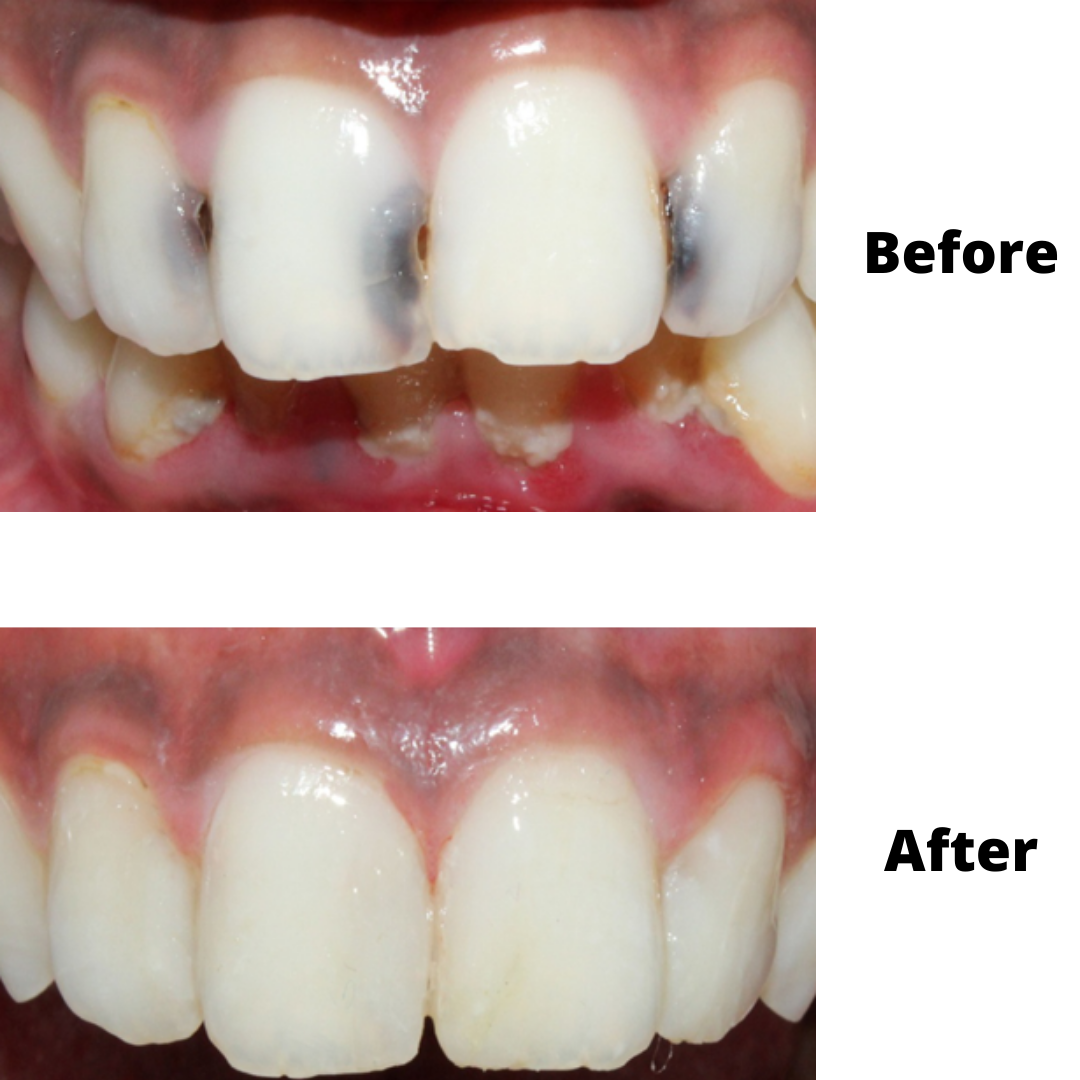Milk Teeth Fillings

The importance of dental health in children cannot be overstated, as it lays the foundation for a lifetime of healthy teeth and gums. One common issue that many children face is the development of cavities in their milk teeth, also known as primary teeth. Milk teeth fillings are a crucial aspect of pediatric dentistry, as they help to prevent further tooth decay, alleviate pain and discomfort, and maintain the overall health of the child’s mouth.
Understanding Milk Teeth and Their Importance
Milk teeth, which typically begin to erupt when a child is around six months old, play a vital role in the development of a child’s dental structure. They serve as placeholders for the permanent teeth, guiding them into position as they erupt. Additionally, milk teeth are essential for a child’s ability to chew, speak, and smile with confidence. Losing a milk tooth prematurely can lead to a range of issues, including overcrowding, misalignment, and increased risk of decay in neighboring teeth.
The Causes of Tooth Decay in Milk Teeth
Tooth decay in milk teeth is often the result of a combination of factors, including poor oral hygiene, a diet high in sugary and acidic foods and drinks, and inadequate fluoride exposure. When bacteria in the mouth break down these substances, they produce acid, which can damage the enamel of the tooth and lead to cavities. Children are particularly vulnerable to tooth decay due to their developing oral hygiene habits and limited ability to clean their teeth effectively.
Symptoms of Milk Teeth Cavities
Identifying the symptoms of milk teeth cavities is crucial for prompt treatment and prevention of further complications. Common signs of tooth decay in children include:
- Visible holes or pits in the teeth
- Discoloration or staining of the teeth
- Sensitivity to hot or cold foods and drinks
- Pain or discomfort when eating or drinking
- Bad breath or an unpleasant taste in the mouth
Types of Milk Teeth Fillings
There are several types of fillings that can be used to restore milk teeth, each with its own advantages and disadvantages. The most common types of fillings include:
- Amalgam fillings: Made from a mixture of mercury, silver, and other metals, amalgam fillings are durable and long-lasting. However, they can be visible when the child smiles or laughs, and some parents may be concerned about the potential health risks associated with mercury exposure.
- Composite resin fillings: Tooth-colored and virtually invisible, composite resin fillings are a popular choice for milk teeth. They are made from a mixture of plastic and glass particles and can be shaped to match the natural contours of the tooth.
- Glass ionomer fillings: These fillings are made from a combination of glass and acrylic and are often used for non-load bearing teeth, such as incisors. They release fluoride, which can help to prevent further tooth decay.
The Filling Procedure
The process of filling a milk tooth is typically quick and straightforward, with most procedures taking around 15-30 minutes to complete. The child will usually be given a local anesthetic to numb the area, and the dentist will then remove the decayed portion of the tooth using a drill or laser. The filling material is then applied, shaped to match the natural contours of the tooth, and polished to a high shine.
Tips for Preventing Milk Teeth Cavities
While fillings are an effective way to restore damaged teeth, prevention is always the best approach. Here are some tips for keeping your child’s milk teeth healthy and strong:
- Establish a regular oral hygiene routine: Encourage your child to brush their teeth at least twice a day, using a fluoride toothpaste and a soft-bristled toothbrush.
- Limit sugary and acidic foods and drinks: Try to restrict your child’s intake of sugary snacks and drinks, and encourage them to drink plenty of water throughout the day.
- Visit the dentist regularly: Regular dental check-ups can help to identify any potential issues before they become major problems.
How often should I take my child to the dentist for a check-up?
+The American Academy of Pediatric Dentistry recommends that children visit the dentist every six months for a routine check-up and cleaning. This can help to identify any potential issues before they become major problems.
Can milk teeth fillings be done under general anesthesia?
+In some cases, yes. If the child is extremely anxious or uncooperative, or if the filling is particularly complex, the dentist may recommend general anesthesia. However, this is typically only necessary for more complex procedures.
How long do milk teeth fillings last?
+The lifespan of a milk tooth filling depends on a range of factors, including the type of filling, the child's oral hygiene habits, and their diet. On average, a milk tooth filling can last for around 2-5 years, although some may need to be replaced sooner.
By understanding the importance of milk teeth fillings and taking proactive steps to prevent tooth decay, parents can help their children maintain a healthy, happy smile for years to come. Remember, a visit to the dentist is not just about filling cavities – it’s about educating children on the importance of oral hygiene and setting them up for a lifetime of good dental health.

